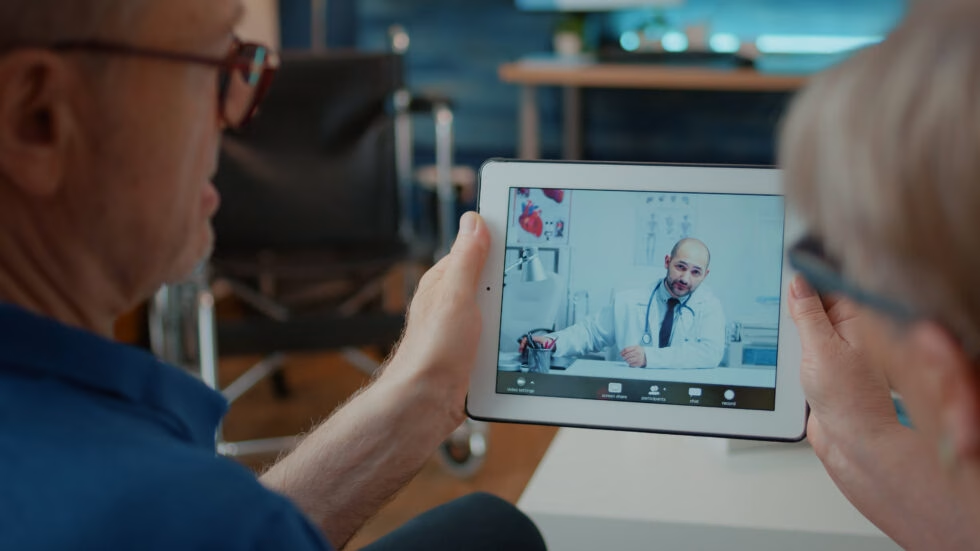Holiday Kitchen Safety: How to Handle Kitchen Burns Effectively
During the holidays, people like to get out and enjoy all that our hometown has to offer. Visitors and locals alike frequent hot spots like the Ghostface Brewing Beer Lab, one of Mooresville’s seven craft breweries found on the Mooresville Ale Trail. For a family-friendly adventure, holiday travelers may take their kids to check out the Lazy 5 Ranch during their Christmas vacation. You may be busy finishing up your holiday shopping or enjoying fun-filled activities with your guests, but hopefully, you will slow down for a home-cooked meal with your loved ones this holiday.
It’s the time of year for family gatherings, festive meals, and creating cherished memories together. While bustling kitchens are a common sight during the holidays, they also pose the potential for accidents, particularly burns. If you find yourself with a kitchen burn, it’s crucial to know how to treat it promptly and effectively.
1. Take Quick Action
When dealing with a burn, time is of the essence. Immediately remove the affected area from the heat source and run it under cool running water for at least 10 minutes. This helps cool the burn, reduce pain, and minimize tissue damage. Avoid using ice or extremely cold water, as this can further damage the skin.
2. Assess Burn Severity
Burns are classified into three degrees based on their severity:
– First-degree burns: These are the mildest burns, causing redness, mild pain, and possibly some swelling. Most first-degree burns can be treated at home.
– Second-degree burns: These are more severe, causing blisters, intense pain, and possible redness and swelling. While some second-degree burns can be treated at home, others may require medical attention.
– Third-degree burns: These are the most serious burns, extending deep into the skin layers and sometimes damaging muscles and bones. Third-degree burns require immediate medical attention.
If you are unsure about the severity of your burn, it’s best to err on the side of caution and seek medical attention.
3. Care for the Burn
After cooling the burn, gently cleanse the area with mild soap and water. Avoid using harsh chemicals or scrubbing, as this can further irritate the skin. Pat the burn dry with a clean cloth and apply a sterile, non-stick dressing to protect it from infection and promote healing.
Over-the-counter pain relievers like ibuprofen or acetaminophen can help alleviate pain and reduce inflammation associated with the burn. Follow the recommended dosage instructions and consult with a healthcare professional if you have any concerns or pre-existing medical conditions.
4. Prevent Infection
Minor burns typically heal within a couple of weeks. If your burn does not show signs of healing within this timeframe or shows signs of infection, seek medical attention promptly. Keep an eye out for these signs to detect possible infection:
- Increased pain or swelling
- Redness or other unusual discoloration
- Pus or oozing from the wound
- Foul odor
Burns are often accompanied by blisters, which form to heal the skin tissue. Avoid popping blisters as this increases the risk of infection. If a blister is popped, follow the proper steps to cleanse the wound and apply an antibacterial ointment to a fresh bandage.
5. Seek Medical Attention
Besides signs of infection, situations that warrant seeking medical attention include:
- Burns that cover a large area of the body
- Burns that appear severe or deep
- Burns that do not show signs of healing within two weeks
If you question the severity of your burn, it’s best to err on the side of caution and seek medical advice. Burn care questions can easily be directed to your primary care physician or an urgent care facility.
6. Prevent Kitchen Burns
Simple precautions can go a long way in preventing kitchen burns. Here are some tips to follow when working in the kitchen:
- Be aware of your surroundings: keep your kitchen clear of distractions, including pets or other people not involved in the cooking process.
- Keep flammable items away: Keep flammable materials like kitchen towels, paper products, and loose clothing away from open flames or hot surfaces.
- Use oven mitts: When handling hot pots, pans, baking trays, or other kitchen tools, always wear oven mitts to protect your hands from heat.
- Exercise caution with hot oil and liquids: When working with hot oil or boiling liquids, maintain a safe distance and wear long sleeves to avoid splatters.
Enjoy Safe Cooking this Holiday Season
By following these guidelines and practicing kitchen safety, you can minimize the risk of burns and enjoy a safe and healthy holiday season filled with home-cooked meals. Remember, if you experience a burn, act quickly, assess the severity, and seek medical attention when necessary.
If you have questions about holiday burn care or urgent care services visit AFC Urgent Care Mooresville today.



